Knitting
What is Knitting: Knitting is a method by which yarn is manipulated to create a textile or fabric. Knitting creates multiple loops of yarn, called stitches, in a line or tube. Knitting has multiple active stitches on the needle at one time. Knitted fabric consists of a number of consecutive rows of interlocking loops.
Materials needed: Yarns, knitting needles
How it’s done:
Step 1: “Cast on” (for all knitting methods)
- For the first two stitches, use instructions for knitted cast on.
- Once you have two stitches casted on. …
- Wrap the working yarn around the right needle.
- Bring the right needle back through the loops.
- Now you have a loop around your right needle. …
- Pull the yarn. …
- To continue, repeat from step 2.
Step 2: To create a garter stitch skinny scarf…
- Cast on 10 stitches.
- Work in Garter Stitch (knit every row) until piece measures 48 inches or length of your choice.
- Bind off, cut yarn and weave in ends.
- Measure and cut 30 pieces of yarn 12 inches long (or length of your choice; finished fringe will be about half as long as the pieces). Divide into 10 groups of 3 pieces each.
- For each group, fold the yarn in half, hook the crochet hook through the last row of stitches, catch the loop, pull it through and loop the ends of the tassel through the loop. Pull tight. Put 5 sections on each end of the scarf.
Link: https://www.thespruce.com/garter-stitch-skinny-scarf-2115712
Application:
Weaving
What is weaving: Weaving is done (fabric or a fabric item) by interlacing long threads passing in one direction with others at a right angle to them, to form a complex pattern of interconnected elements
Materials needed: Various types of threads/ twine/ yarns/ strips of fabrics/ strings, weaving board/ cardboard or loom, masking tape, ruler, marker, scissors, needle
How it is done:
- Make your loom: Get a piece of cardboard that is 5″ x 12″.
- When you’re ready to begin, tape the top and bottom of your cardboard with packing tape. This will make your loom stronger. With your ruler, mark two lines along the top of your cardboard that are 3/4 of an inch from each side. Next, mark a line every 1/2 inch from those points until you have 10 lines total along the top of your loom. Repeat this step on the bottom. Cut along the lines with your scalpel to create notches.
- Tape the end of the twine to the back of your cardboard. Fit the twine through the first notch at the top and down the cardboard to the first notch on the bottom. Keep the twine taught and continue wrapping up and down through the notches until you have reached the other end. Cut the twine and tape the end to the cardboard.
- Weaving:Cut about 1 yard of yarn and thread your needle. Guide the threaded needle through the twine using an over-under pattern, being sure to leave a 5″ tail at the end. After the first row, guide your needle back through the twine using an under-over pattern.
- Continue weaving back and forth until you’re satisfied with the amount you have woven. When you’re ready to try another color or pattern, push the woven section up with your fingers to tighten. Cut the yarn, being sure to leave another 5″ tail.
I used a loom for my weaving process and followed this tutorial: https://www.youtube.com/watch?v=WkoerybdcbE (Not in English but it has good visuals)

Upon removing the loom, I felt that the weaves were not tight enough. Therefore I used additional thread to manually weave the yarns tighter
Applications:
Personal Reflection: I personally really enjoyed knitting even though it was hard to grasp at the start. Practice makes perfect! I love how seamless each and every knitted pattern looks, but of course as a beginner, my knitted designs were bumpy and irregular. I think that knitting is therapeutic process that will be a good hobby for anyone, young or old. I also enjoyed weaving very much as using the loom made things much easier, the process is alot faster too. I will definitely try out the manual way of weaving. Weaving and knitting are by far two of my favourites!!!








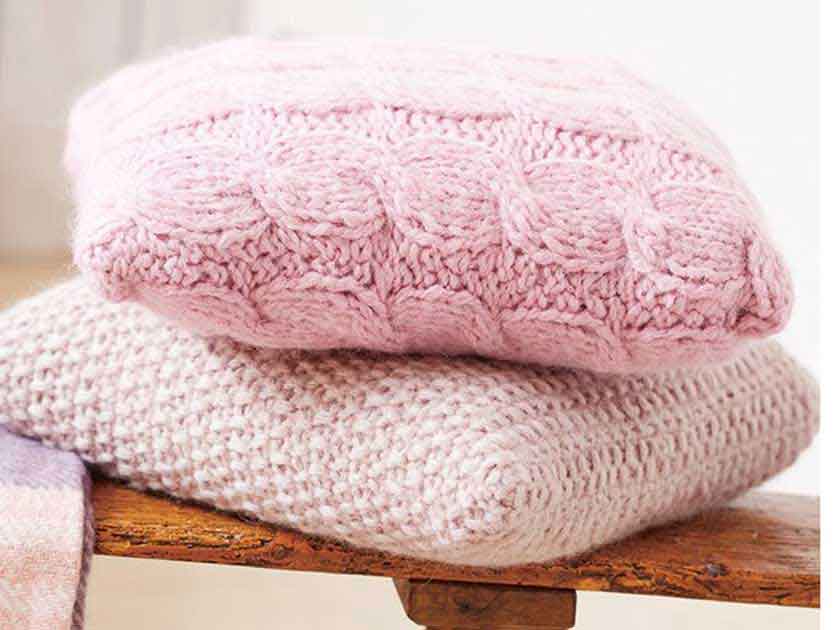
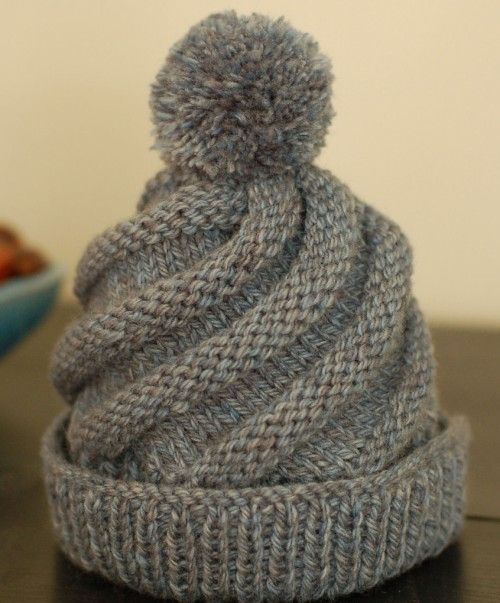
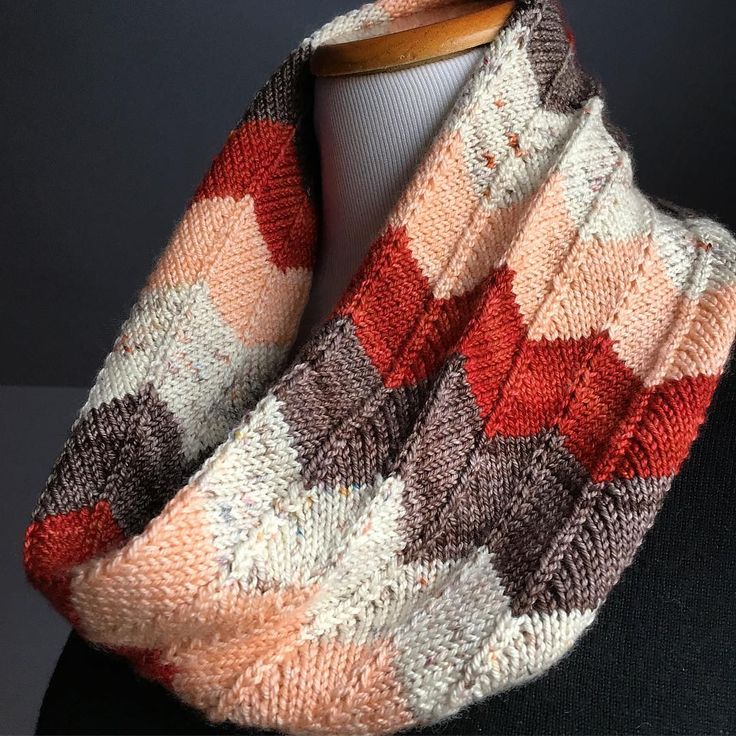
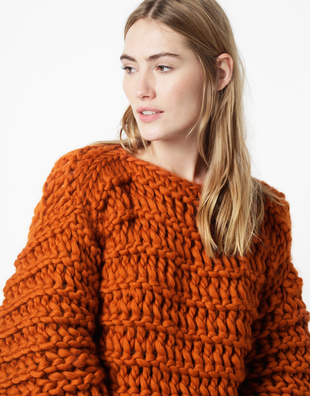

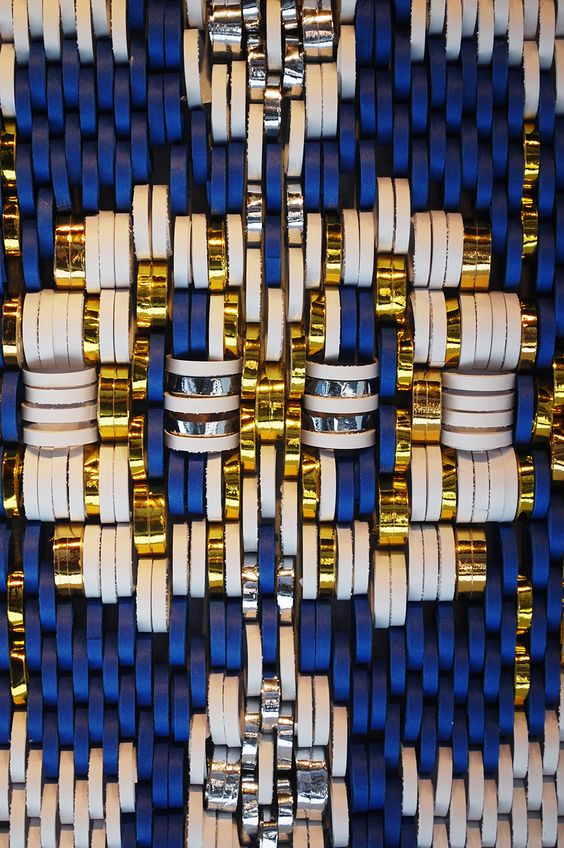

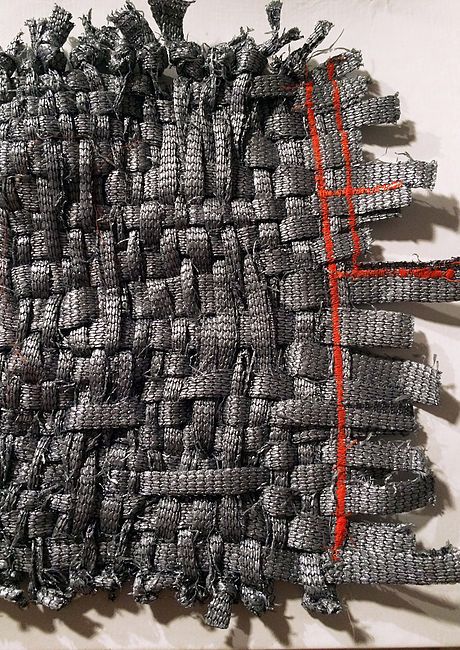
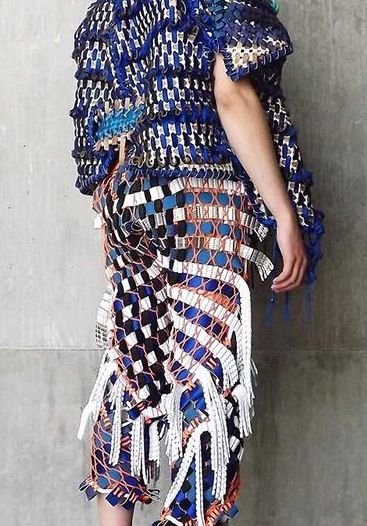
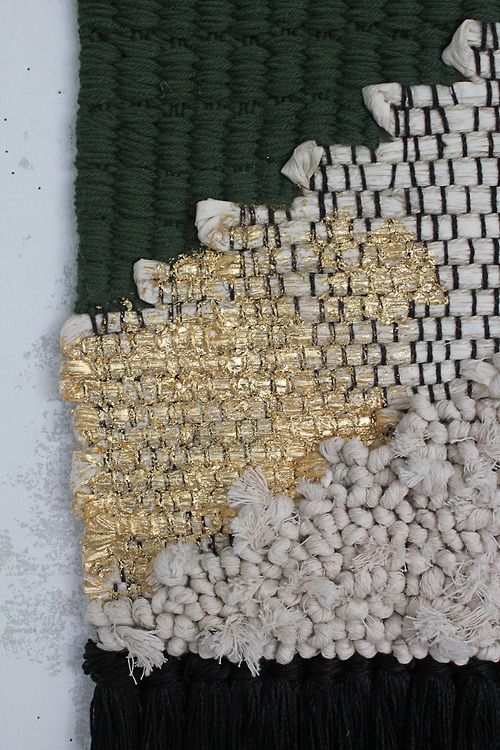
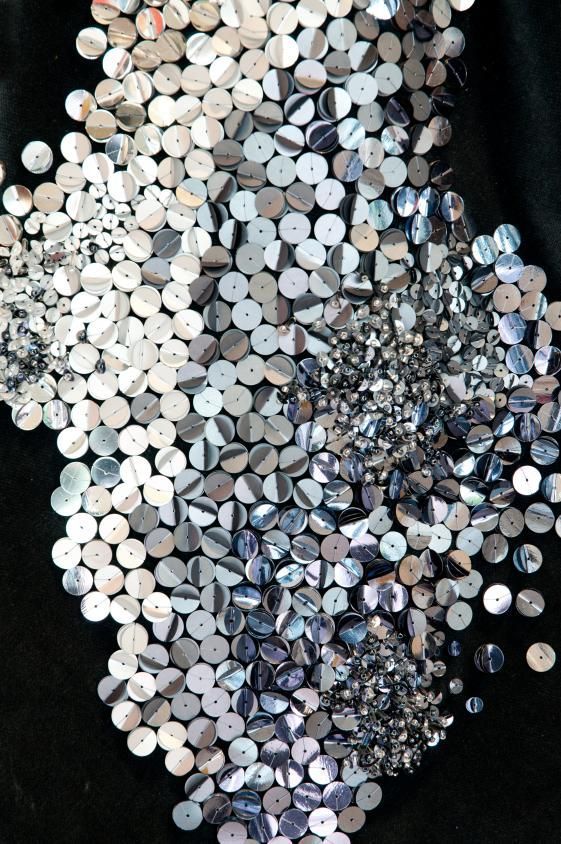
You must be logged in to post a comment.